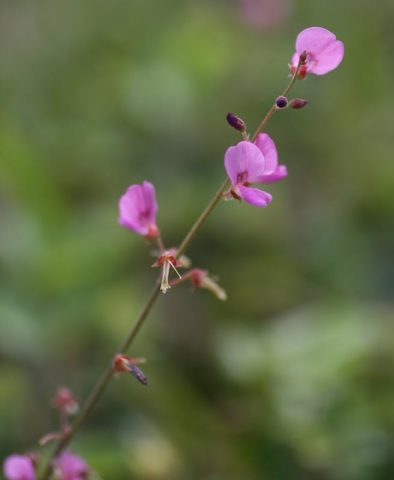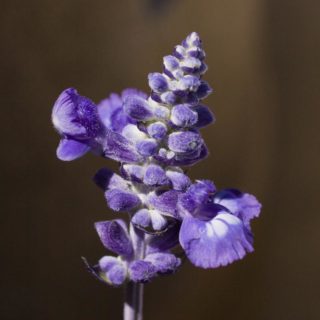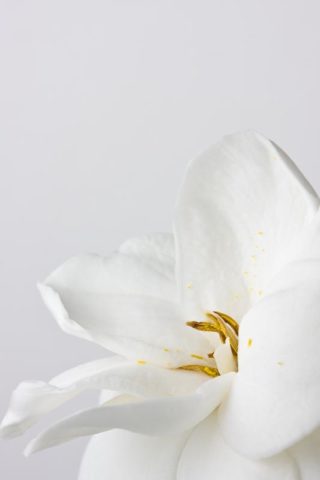Photographing Flowers: Introduction
I don’t pretend to specialize in flower photography. In fact, I’d say out of the dozen or more times I’ve actually sought to photograph flowers I’ve made a hand full of images that I was pleased with. This is one area I’ve been meaning to expand my skill set into though, and now is as good of a time as any.

Basics for Photographing Flowers
Before we can get started there are obviously a few basic necessities. For instance we need a camera, that should be a given. Most cameras will be fine, a dSLR is probably preferable, but there’s no reason a point and shoot wont work. We’ll be using an SLR in this article, but almost all of the techniques covered will apply the same to a point and shoot.
We’ll also need a lens. If you’re using a point and shoot your decision on which lens has already been made for you. However there are some accessories that you might want to try, specifically a closeup lens.
If you’re using an SLR the lens selection is a bit more open. However there are some minimum requirements. The lens used should be able to focus at, or near, macro distances and magnifications, but that doesn’t strictly mean we need a macro lens. In fact depending on the size of the flower, almost any lens may do. I’ve shot flowers with everything from a 50mm f/2.5 macro lens to a 100-400mm super-telephoto zoom. The ideal lens might be a 90mm tilt-shift on a dSLR due to its great ability to control depth of field.

Camera support isn’t a must, but at macro magnifications it’s very strongly recommended. It should go with out saying, a decent solid tripod and head are preferable to a cheap flimsy one. I use an old Bogen #055 aluminum tripod it’s big, heavy and stable, but many of the new lighter Bogen tripods (190 series) will work equally well. Even better are the Bogen pro tripods with an pivoting center column.
That being said, a tripod isn’t strictly necessary, and plenty of flower photography is done hand held (in fact most in this article were shot hand held) and there are times when abandoning the tripod is useful.
The last camera related piece of hardware is lighting related. This is two fold, we need one or more light sources and a way to control the light from them. Starting with sources, the cheapest is the sun. I’ll discuss this further as the series progresses.
Second, in terms of expense are tungsten lamps. These could be anything from studio grade hot-lights to simple work lamps from the hardware store. The only drawback to tungsten lamps is heat, they get hot, and that heat could end up wilting the flower. As an alternative to tungsten lamps, compact florescent lamps may work but the ones from the hardware store are probably less than idea thanks to their color balance and inherent inability to produce the full color spectrum.
The final alternative is a flash, either a compact shoe mount flash or a larger studio style one. They offer several advantages over tungsten and florescent continuous lamps, they are full spectrum and color balanced, they can be very bright but their duration is short so they wont overheat the flower, and that short flash duration helps prevent things from blurring. The downside to using flashes is cost. A generic shoe mount strobe runs about $100, an first party one can run between $200 and $500, and studio gear can go much higher.
The second light related equipment that’s needed is a way to diffuse and control light. This doesn’t have to be something fancy like a store bought softbox or macro tent. Most of the time I use white foam-core board or white mat board as a makeshift reflector. Even a white piece of typing paper will work in a pinch as a fill card.
For diffusing light I’ve made foam-core frames with tracing paper inserts, they’re ridgid and they diffuse the light quite well. I’ve also seen white trash bags used in a pinch. Larger diffusers can be built inexpensively as a PVC frame and use translucent white cloth even white bed sheets to diffuse the light.
Finally there’s the flower.

A Primer on Conventional Wisdom
Conventional wisdom is often born from hard learned experience and years of refinement. That being said conventional wisdom, and really most rules in photography, aren’t unbreakable. The trick is knowing when to break them and when to take the safe route. Of course to do that we need to know what the conventional wisdom is.
I’ve done some digging into conventional wisdom for flower photography and most of it can be boiled down to two rules.
Conventional Wisdom 1: Backgrounds should be clean and non-distracting.
This applies to almost all types of photography. In order to focus attention to the subject, we force the subject to be the only thing in focus. In most cases the clean, as heavily out of focus, part isn’t a major challenge. At macro distances, depth of field is very shallow and the distance to the background very large relative to the subject. This alone will blur most everything in the background to just color.
However, the distracting part is a little more challenging and involves looking at the background as well as the subject. The number one thing we’re looking for are bright spots. Our eyes are naturally drawn to bright areas, even if they are out of focus. In the case of a bright blob in the background it will compete with and attract attention away from the flower.
Conventional Wisdom 2: Flowers should always be shot in diffuse light.
I think the theory goes like this. Flowers are soft, soft things should be lit with soft light. Okay, maybe not. However it is true that diffuse light tends to work well with flowers. Mostly because it can seep into the tiny cracks and crevices and fill them with light and bring out more details.
That being said, this is one of those rules of thumb that I’m going to play with to see if I can’t do something interesting with hard light and flowers.
Next time we’ll look at some basics of light and lighting and start looking at picking a subject.
Comments
There are no comments on this article yet. Why don't you start the discussion?